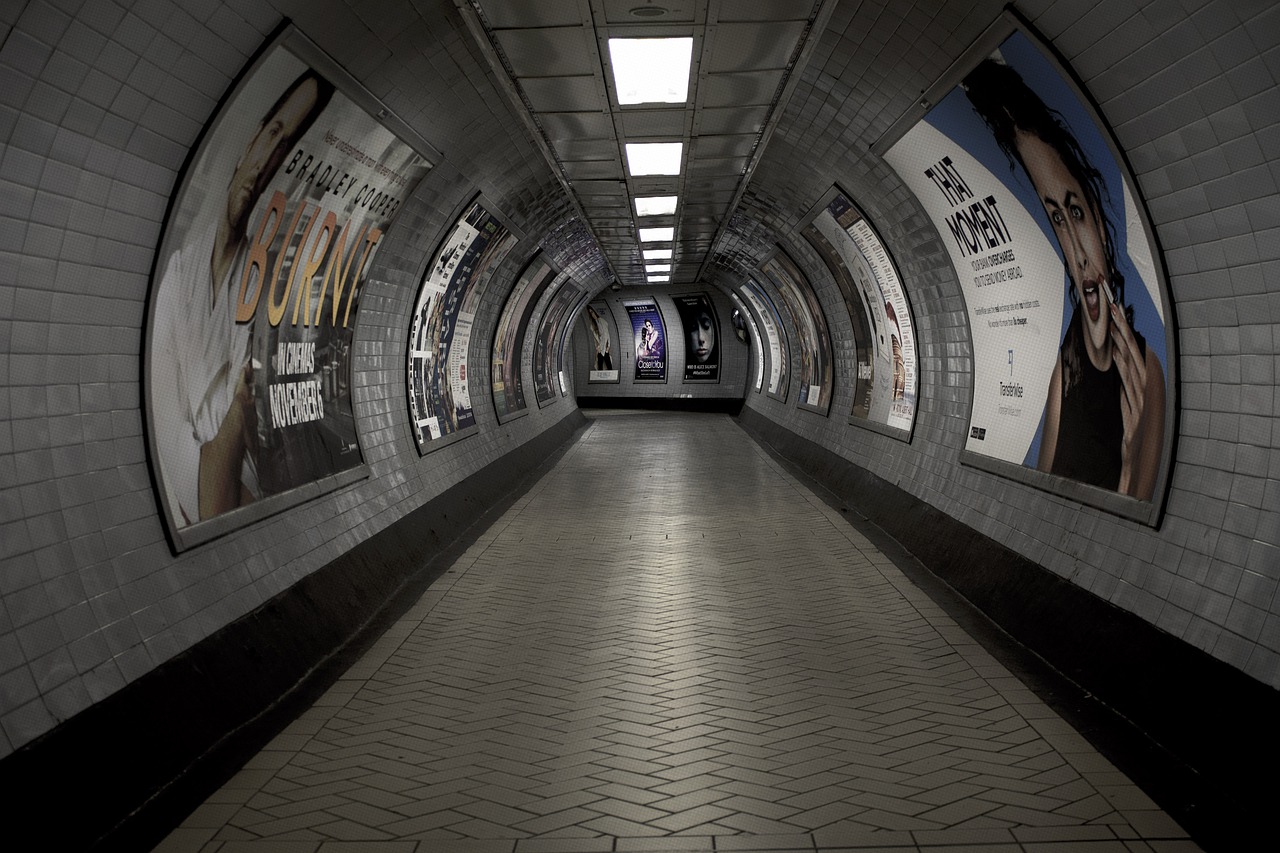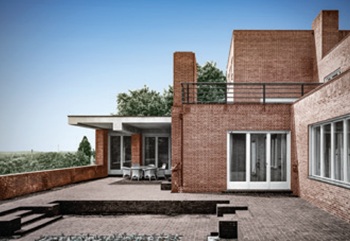Waste heat from the Underground to warm offices and homes

|
| Waste heat from one of London Underground's tube lines will be used to warm homes in the capital from this winter. |
Warm air from from the Northern Line channelled to support the London Borough of Islington's district heating will provide offices and 1,350 homes with heat by the end of 2019.
Dubbed the first of its kind in Europe, the Bunhill 2 project is a joint undertaking between Islington Council, Transport for London (TfL) and engineering firm Ramboll.
The council hopes the system will make London more self-sufficient in energy, cut carbon emissions and reduce heating bills for residents, while tube passengers can expect cooler tunnels.
District heating, also known as heat networks, is the supply of heat and hot water from a central source to a group of buildings.
Bunhill 2's central source is a ventilator shaft in the abandoned City Road tube station, located on the Northern Line between Angel and Old Street.
Ramboll has designed a heat pump that captures the excess heat from the ventilation shaft, before it is warmed to around 70 degrees Celsius. This will then be transferred into Islington's heat network to supply heat and hot water to properties.
Over the summer months, the system is designed to be reversed so that cool air can be piped into the tube tunnels.
The hunt for alternative sources of renewable heat in cities has gained pace in light of the climate crisis, and the UK government's resultant ban on gas-fired boilers in new-build homes from 2025.
According to the Greater London Authority, there is enough heat wasted in London to meet 38% of the city's heating demand. The expansion of district heating networks like Bunhill 2 could see this increase to 63% by 2050.
Lucy Padfield, director of district heating at Ramboll said: "We believe that the use of large-scale heat in this way connected to urban district heating systems will play a major part in decarbonising the UK's heating energy demand.
"The use of heat pumps utilising industrial waste heat sources is more carbon efficient than gas-fired combined heat and power, the usual source of heat for district energy schemes", she added.
Bunhill 2 district heating system is currently expected in late 2019.
[edit] About this article
This article was written by the Chartered Institute of Architectural Technologists (CIAT). It is based on a CIAT press release entitled 'London Underground's waste heat to warm hundreds of homes' and was published on the CIAT website in August 2019. It can be accessed HERE.
Other articles by CIAT on Designing Buildings Wiki can be found HERE.
[edit] Related articles on Designing Buildings Wiki
- BSRIA guide to heat interface units.
- Combined heat and power.
- Community energy network.
- Energy targets.
- Geothermal energy.
- Heat interface units.
- Heat meter.
- Heat Networks Investment Project HNIP.
- Municipal energy - briefing sheet.
- National heat map.
- On-site generation of heat and power.
- Renewable energy.
- Smart cities.
- Sustainability.
- Waste heat.
- Water source heat map.
- What can government do about district heating.
--CIAT
Featured articles and news
Design and construction material libraries
Material, sample, product or detail libraries a key component of any architectural design practice.
Construction Products Reform Green Paper and Consultation
Still time to respond as consultation closes on 21 May 2025.
Resilient façade systems for smog reduction in Shanghai
A technical approach using computer simulation and analysis of solar radiation, wind patterns, and ventilation.
Digital technology, transformation and cybersecurity
Supporting SMEs through Digitalisation in Construction.
Villa Wolf in Gubin, history and reconstruction. Book review.
Construction contract awards down £1bn
Decline over the past two months compared to the same period last year, follows the positive start to the year.
Editor's broadbrush view on forms of electrical heating in context.
The pace of heating change; BSRIA market intelligence
Electric Dreams, Boiler Realities.
New President of ECA announced
Ruth Devine MBE becomes the 112th President of the Electrical Contractors Association.
New CIAT Professional Standards Competency Framework
Supercedes the 2019 Professional Standards Framework from 1 May 2025.
Difficult Sites: Architecture Against the Odds
Free exhibition at the RIBA Architecture Gallery until 31 May.
PPN 021: Payment Spot Checks in Public Sub-Contracts
Published following consultation and influence from ECA.
Designing Buildings reaches 20,000 articles
We take a look back at some of the stranger contributions.
Lessons learned from other industries.
The Buildings of the Malting Industry. Book review.
Conserving places with climate resilience in mind.























